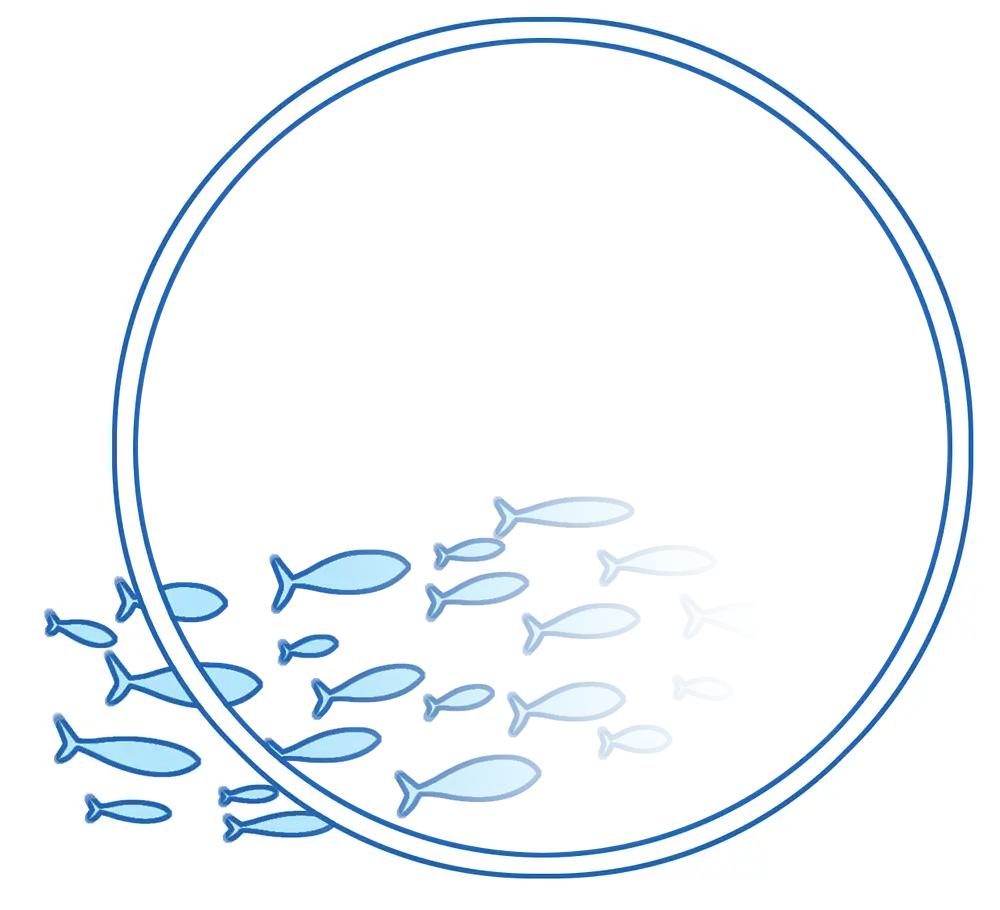phoctopus
Le site de référence de la photographie azuréenne. L’image sous-marine dédiée à la protection de l’environnement.

Olivier JUDE & Sylvie LAURENT
Depuis 2009, Olivier Jude et Sylvie Laurent réalisent des clichés sous-marins destinés à éveiller les consciences de toutes générations confondues vers une nécessaire prise en compte de la protection de notre environnement marin.
PHOCTOPUS est leur identité monégasque car ils sont membres tous deux de la Fédération Monégasque des Activités Aquatiques (FMAS). Au delà des images sous-marines de la Principauté de Monaco, leurs expositions en Europe et les nombreux prix remportés au cours des derniers championnats internationaux de photographies sous-marine leur permettent de mettre en valeur le patrimoine sous-marin de toutes les mers et océans.
Leurs images des épaves proches des rivages de la Principauté de Monaco sont une illustration parfaite de leur technique de prise de vue destinée à témoigner d’une protection indispensable des richesses maritimes.



















